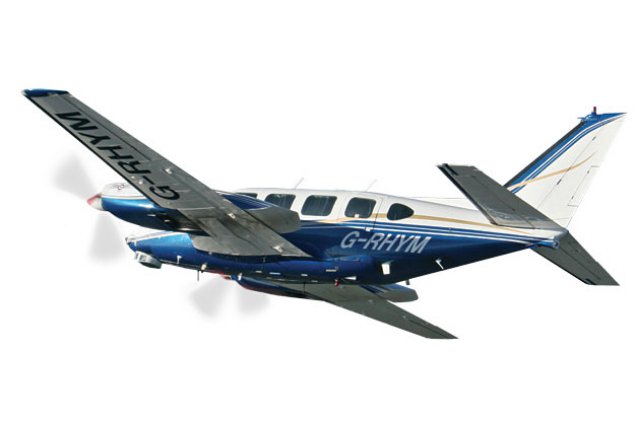 Chris Norton spent 22 years as a Royal Air Force fighter pilot before he co-founded 2Excel Aviation in 2005. The UK company operates a fleet of stunt planes known as the Blades and is licensed as an airline, so it can take fare-paying passengers on ride-alongs as the planes do barrel rolls and other aerobatics.
Chris Norton spent 22 years as a Royal Air Force fighter pilot before he co-founded 2Excel Aviation in 2005. The UK company operates a fleet of stunt planes known as the Blades and is licensed as an airline, so it can take fare-paying passengers on ride-alongs as the planes do barrel rolls and other aerobatics.
Partnering with Italy’s Selex Galileo a maker of military electronics, 2Excel has built a relatively inexpensive sense-and-avoid system using off-the-shelf cameras and computers.
Although it’s still in testing phase, 2Excel says its system already does a better job of detecting imminent collisions than human pilots do. The company’s test pilots usually detect oncoming aircraft at a distance of 1.3 miles. The automated system consistently detects small planes at 2.5 miles.
To attain this level of accuracy, Norton and his team installed the sense-and-avoid system below the nose of a Piper Navajo, a small passenger aircraft. On test flights, pilots repeatedly flew other airplanes toward the Piper—about 1,300 times in total—to create an electronic record of what oncoming aircraft and near misses look like. The information forms what Norton calls “the biggest database of midair collisions” in existence.
The onboard computers constantly compare the live video feed with the database, trying to match whether an object near the plane is a cloud, a glider, a bird, or another aircraft, and in which direction it’s headed. When threats are detected, the system will be able to trigger an unmanned aircraft to go into evasive action.
There are still plenty of kinks. Norton’s team is working to minimize the number of times the software misidentifies a flock of birds as an incoming plane or makes other false positives. “If the system cries wolf all the time, no one will use it,” says Norton. It has particular trouble discerning objects when the background is a busy British countryside instead of a clear sky. Still, governments around the world have already shown an interest. Britain’s Defence Science and Technology Laboratory, a research wing of the Ministry of Defence, has invested in the project, though it won’t divulge the amount. On March 19, 2Excel hosted delegations from the FAA and its British equivalent to demonstrate the technology.
Norton plans to first sell the system as safety equipment for light aircraft, to alert human pilots when they’re on a collision course, and expects a retail version would sell for around £1,500 ($2,400). He hopes this will be the first step along the path toward getting drones approved for use in normal airspace. “When GPS was first put on airplanes, you weren’t allowed to rely on it,” Norton says. “Now, with thousands and thousands of hours and huge amounts of data, the confidence has been established.
The bottom line: 2Excel says its system detects planes with better precision than the average human pilot, a key requirement for regulatory approval.
Source: Business Week
